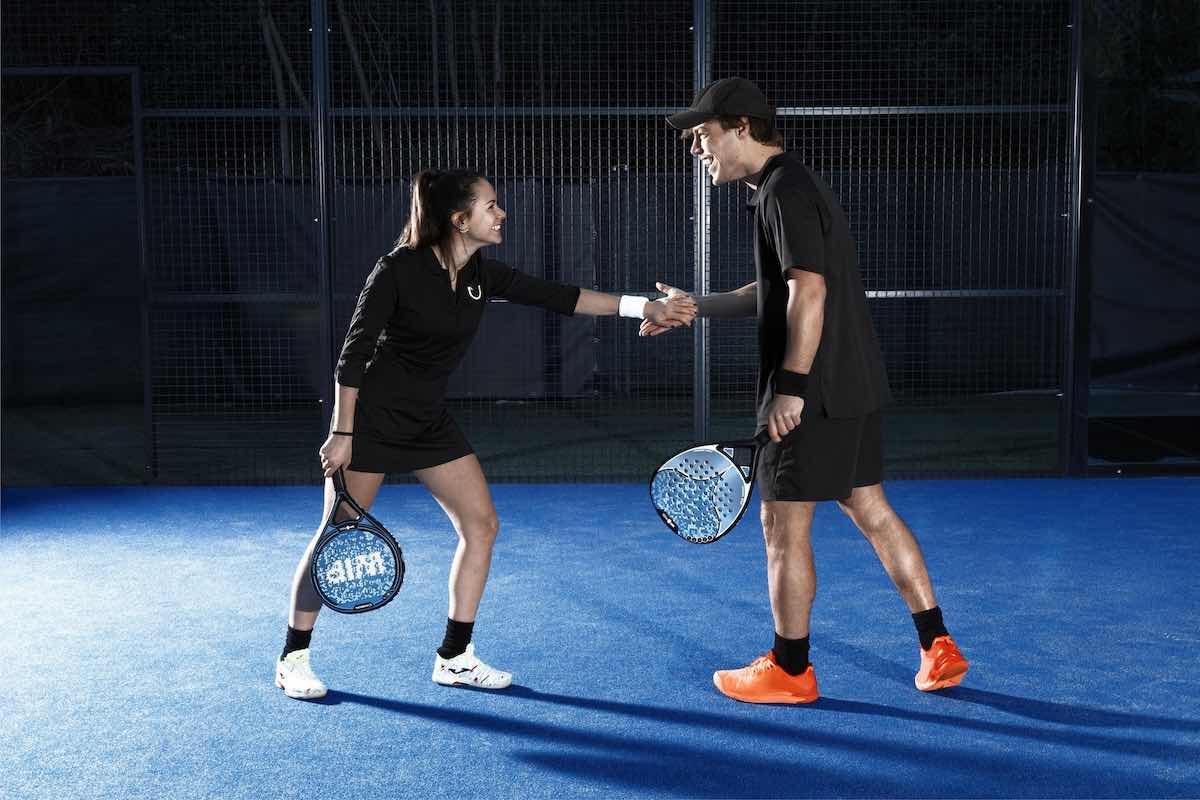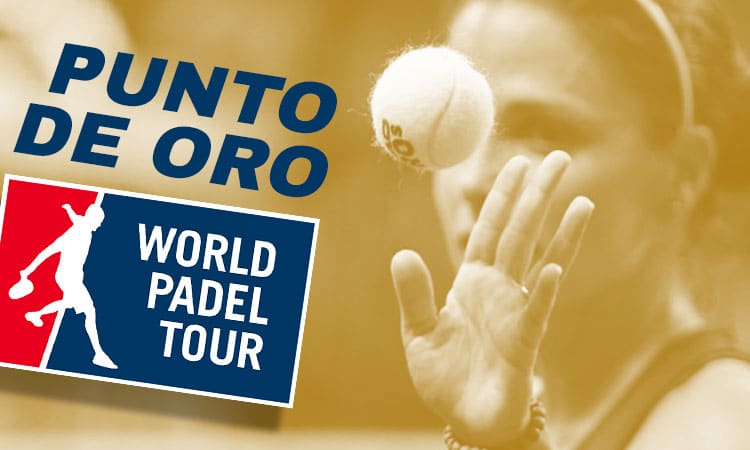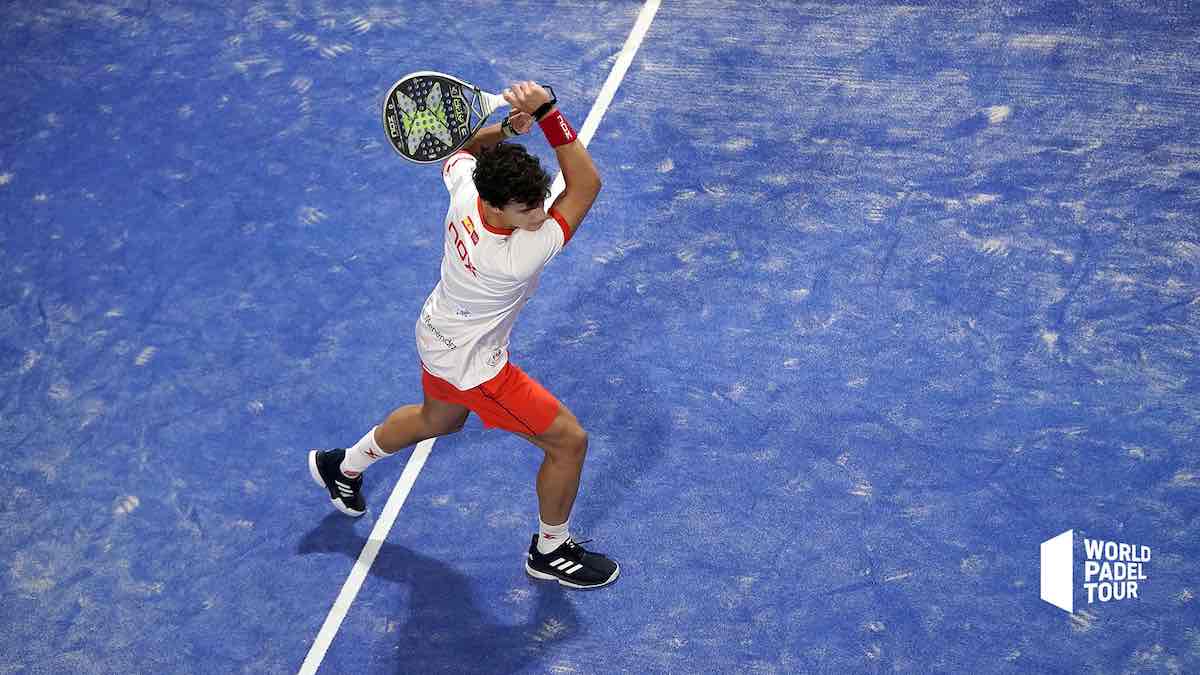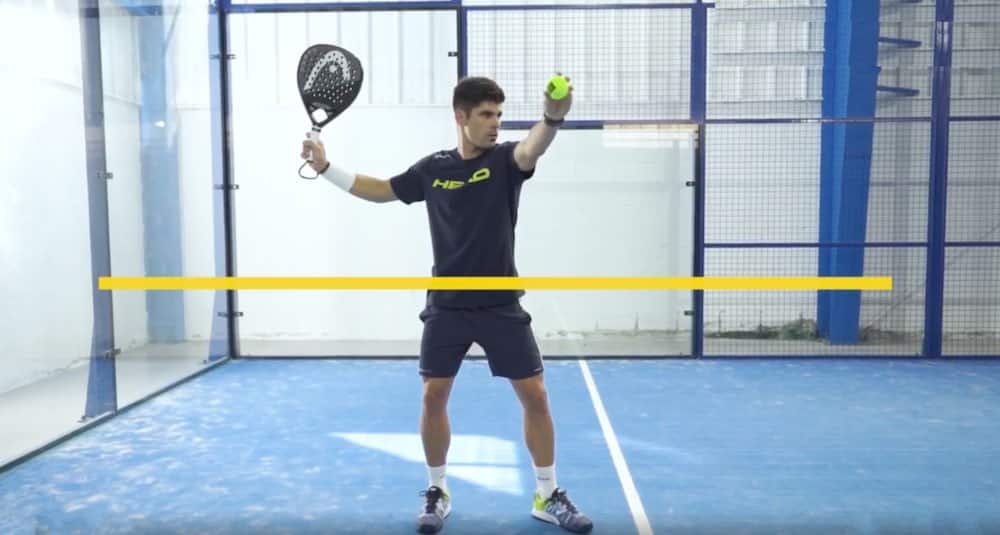Home » Padel rules
Service in padel is not as noteworthy compared to that of tennis. However, practicing the right way to serve the ball is still CRUCIAL in every padel match.
A good serve would help your team take advantage of the net position or even score a point by producing an ace. It’s also the shot that dictates the ball’s direction, spin, and trajectory.
In turn, you have the upper hand in forcing your opponents to press themselves at the back glass. You also have the power to dictate the shot that they’ll use for easy returns.
How padel players serve the ball is quite different from tennis players.
In tennis, you launch the ball up in the air before you serve. But, in padel, you only need to bounce and strike the ball, and you can only do it via an underarm serve.
Another thing to note with padel service is the lines. It’s important to keep your feet behind the service line and not cross the imaginary central line.
You must also hit the ball diagonally towards your opponent’s service box.
These are the BASIC things you must know about a padel serve. But, there are many things to note for you to improve that serve.
Stick with us as we discuss more about padel service. We’ll help you get on the move in your following games.





